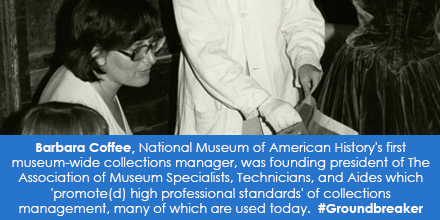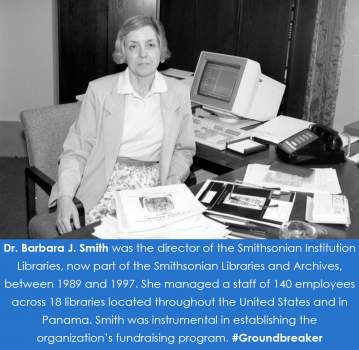



The Frederick Douglass House Era


Collections and Facilities


Further Exploration
- Chronology of the National Museum of African Art
- Bibliography of the National Museum of African Art
- Historic Images of the National Museum of African Art
Related Collections
- National Museum of African Art Records from the Smithsonian Institution Archives
- Historic Image Highlights of the National Museum of African Art
- Additional Records and Collections of the National Museum of African Art Across the Smithsonian
Other Resources
- National Museum of African Art Website
- Eliot Elisofon Photographic Archives Website
- National Museum of African Art Warren M. Robbins Library Website
- National Museum of African Art Blogs and Podcasts
- African Mosaic: Celebrating a Decade of Collecting, National Museum of African American Art Online Exhibit
Nid: 6346


